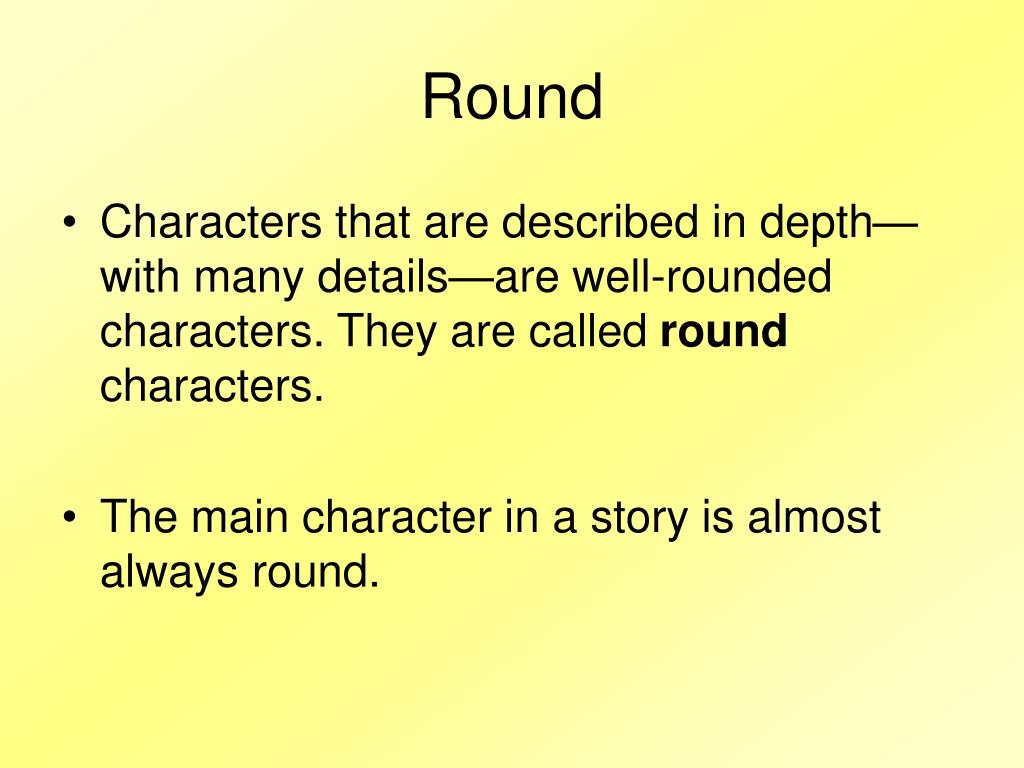

Flatter characters may be found in genres like crime, horror, and science fiction that place more of an emphasis on the plot than on character development. However, compared to other fiction genres, some specific fiction subgenres might feature more flat characters. Some differences between round and flat characters include: Types of fictionįlat and rounded characters can appear in any kind of fiction. However, each term describes a different type of character. Round and flat both refer to a fictional characters complexity. Additionally, round characters might astound audiences without jeopardizing their credibility, enabling them to startle audiences without deviating from their character or undermining the audience’s faith in them. Through the course of the narrative, these characters are capable of changing.

Most main characters in stories are round characters. They have sincere aspirations to accomplish things, and their complex, distinct personalities frequently feature opposing traits that advance the plot. These individuals have complex personalities as well as unique motivations, flaws, qualities, and backgrounds. What is a round character?Ī round character is a complex character. Flat characters assist round characters and advance the story’s plot. Instead, they are frequently vivid or distinct yet straightforward characters, and they are crucial to the plot of a story. However, flat characters are not always indicative of poor writing or boring personalities. To make flat characters easier for audiences to understand quickly, many of them are based on well-known stereotypes.įlat characters are rarely able to surprise the audience or change throughout a story. Most one-dimensional characters have only one or two personality traits, lack depth, and do not defy the straightforward definitions that define them. They are fairly straightforward characters with one- or two-dimensional personalities. What is a flat character?Ī flat character is a simple character. By contrast, round characters are complex and undergo development, sometimes sufficiently to surprise the reader. Flat characters are two-dimensional in that they are relatively uncomplicated and do not change throughout the course of a work.


 0 kommentar(er)
0 kommentar(er)
